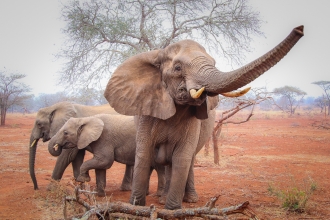Whereto with institutions and governance challenges in African wildlife conservation?
African wildlife conservation has been transformed, shifting from a traditional, state-managed
government approach to a broader governance approach with a wide range of actors designing and
implementing wildlife policy. The most widely popularized approach has been that of community managed
nature conservancies. The knowledge of how institutions function in relation to humans
and their use of the environment is critical to the design and implementation of effective conservation.



